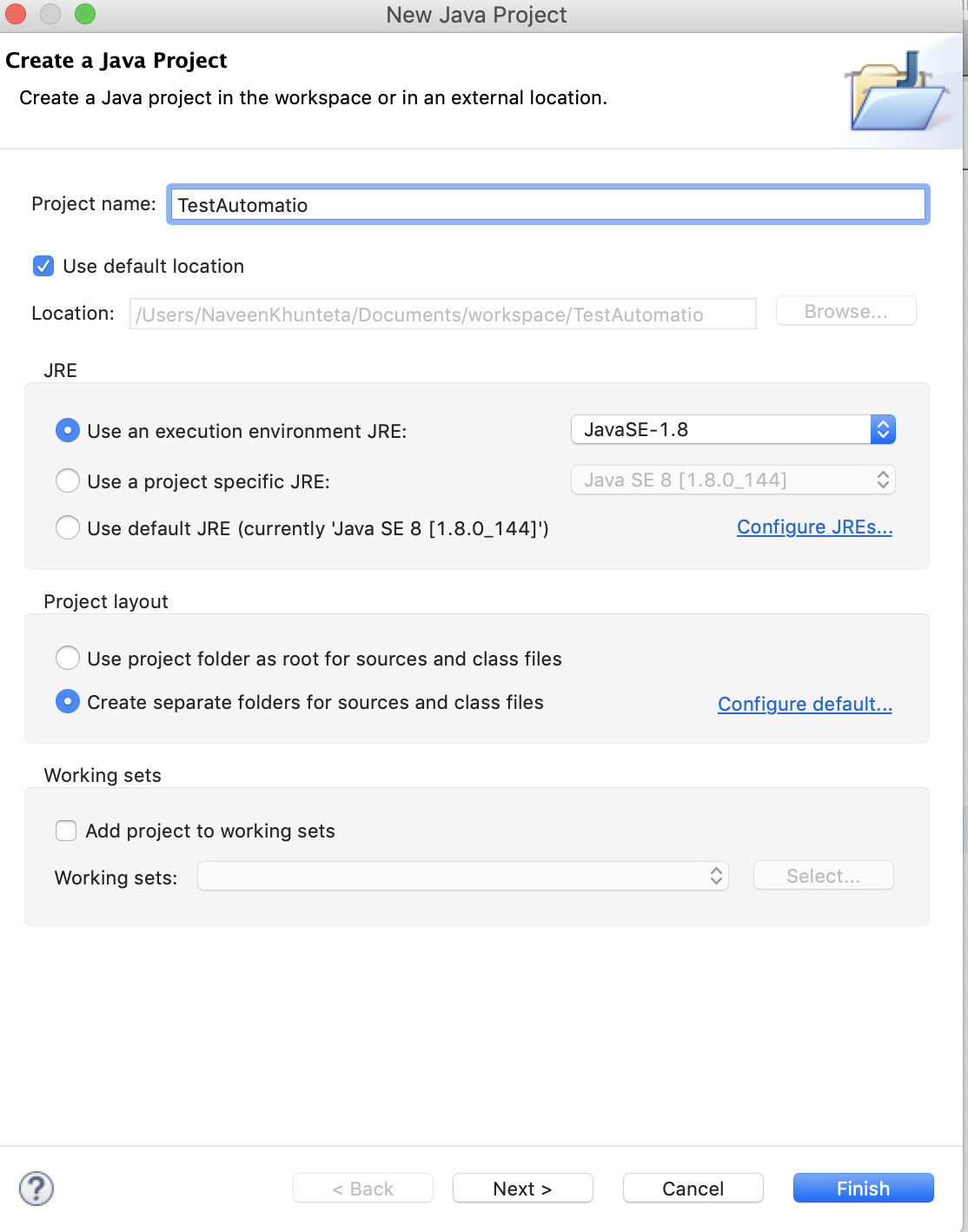
You will need to use these drivers when you want to run your automation scripts on their corresponding browsers. Some popular ones are GeckoDriver for firefox, EdgeDriver for Microsoft Edge, InternerExplorerDriver for IE, SafariDriver for Safari browser and so on.

Just like chrome driver, there are multiple other standalone servers as well. Oh and if this article worked for you please consider sharing it or buying me coffee to say thanks.Like Chrome Driver, are there more standalone servers for other browsers as well? Install ChromeDriver in your System PATH.Which methods have you found the easiest or most success with? Which methods didn’t work for you? Please leave a comment below. Download the driver and add its location to your System PATH.If you go this route, you can include additional drivers like GeckoDriver (aka Firefox) as well. Specify it in your Selenium setup code and check it into source control like any other configuration detail.Simply download the combined container, start it and point your code at the right address. Run Chrome & ChromeDriver in a container using Docker.Other package managers like npm have similar commands npm install chromedriver.Confirm it was installed using chromedriver -version and seeing it returns a version.Install ChromeDriver with brew install cask chromedriver.In your terminal window with the Homebrew package manager:.The easiest way to install ChromeDriver is to use your package manager such as brew or npm to install the driver.Listed in order of easiest to hardest install, these are the best ways to install ChromeDriver on a Mac:

Never fear, here is a better way: Installing on macOS: (The PATH variable helps Chrome find the downloaded ChromeDriver exe). Also it’s a lot of work for something so common. The ChromeDriver getting started guide isn’t super helpful if you are unfamiliar with including the ChromeDriver location in your PATH environment variable.


 0 kommentar(er)
0 kommentar(er)
